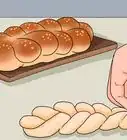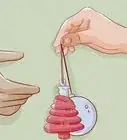wikiHow is a “wiki,” similar to Wikipedia, which means that many of our articles are co-written by multiple authors. To create this article, 72 people, some anonymous, worked to edit and improve it over time.
This article has been viewed 586,341 times.
Learn more...
Kwanzaa, which runs from December 26th through January 1st, is a holiday that celebrates African American heritage and culture. Each of the 7 days of Kwanzaa focus on 1 of 7 core values, also known as Nguzo Saba. A candle is lit on each day, and on the last day, gifts are exchanged. Since Kwanzaa is a cultural holiday rather than a religious one, it can be celebrated alongside Christmas/Hanukkah or on its own. In this article, we’ll break down everything you need to know about celebrating Kwanzaa with your friends and family.[1]
Steps
Community Q&A
-
QuestionWhat artistic performances could I do?
 Community AnswerYou could play an instrument, do a dance, read a poem you wrote or that was written by someone else, or sing a song about your heritage, culture, or ancestors.
Community AnswerYou could play an instrument, do a dance, read a poem you wrote or that was written by someone else, or sing a song about your heritage, culture, or ancestors. -
QuestionWhat is a mkeka mat?
 Community AnswerA traditional straw or woven textile mat, called a mkeka, is one of the seven symbols of Kwanzaa. Those who celebrate Kwanzaa view the mkeka as the base for the other six symbols of Kwanzaa, representing the idea that nothing can be built without having a foundation upon which to rest.
Community AnswerA traditional straw or woven textile mat, called a mkeka, is one of the seven symbols of Kwanzaa. Those who celebrate Kwanzaa view the mkeka as the base for the other six symbols of Kwanzaa, representing the idea that nothing can be built without having a foundation upon which to rest. -
QuestionCan I still put up a Christmas tree if my new spouse wants to celebrate Kwanzaa with me and my children?
 Community AnswerSure! You can decorate it with red, black and green so that it will be more Kwanzaa-like.
Community AnswerSure! You can decorate it with red, black and green so that it will be more Kwanzaa-like.
Things You'll Need
- Mkeka (woven mat)
- Flag materials
- Corn
- Green tablecloth
- Black, red, and green candles
- Gifts of different principles
References
- ↑ https://www.africa.upenn.edu/K-12/Kwanzaa_What_16661.html
- ↑ https://www.whattoexpect.com/toddler/kwanzaa-activities-for-kids.aspx
- ↑ https://blog.mangolanguages.com/3-swahili-phrases-to-learn-in-honor-of-kwanzaa-this-year
- ↑ https://www.beliefnet.com/love-family/holidays/kwanzaa/how-to-celebrate-kwanzaa.aspx
- ↑ https://www.dclibrary.org/node/39562

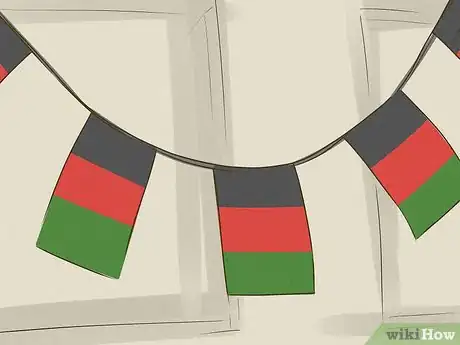

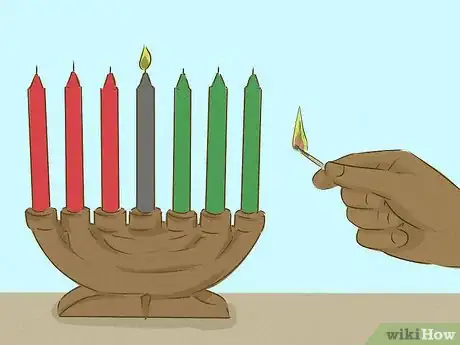
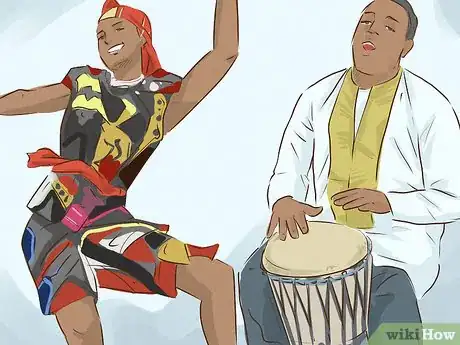
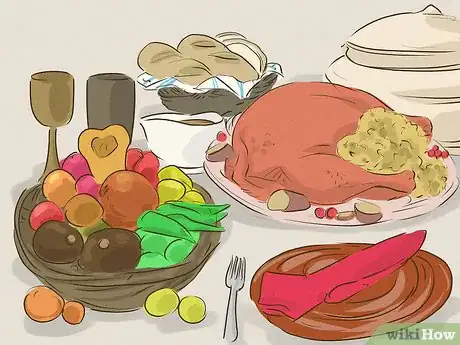
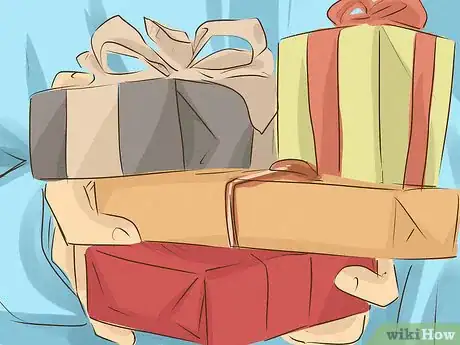










-Step-16.webp)






